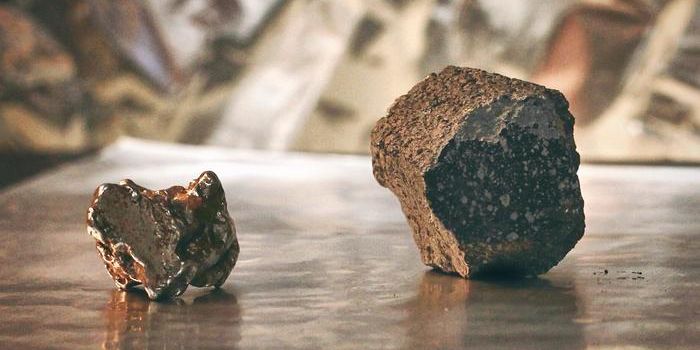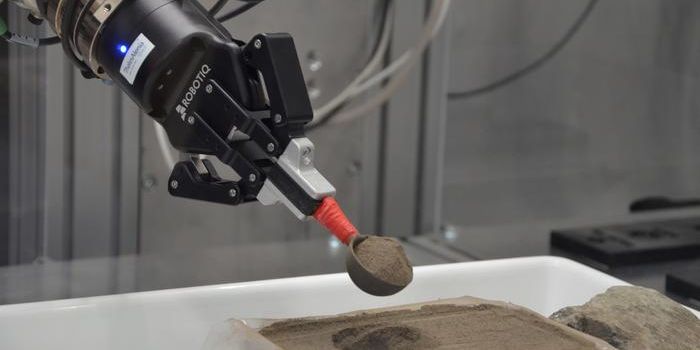ESA to Send Rover to Mars to Drill Into the Surface
Mars, the red planet after Earth in our solar system, has been getting a lot of attention lately. Whether it’s the fact that space exploration revealed flowing water on the planet’s surface, or the fact that NASA wants to send astronauts to Mars to settle there permanently, the planet is getting more attention today than it ever has mostly because science makes the curious mind wonder.
The European Space Agency is also interested in sampling more of Mars’ environment in search of life. The ESA is now working on another rover that is expected to be put on Mars in 2018 that will drill into the red planet’s surface in order to get samples which can be analyzed for signs of life. This will be called the ExoMars program.

The driving factor behind drilling is the face that Mars’ weak atmosphere hardly protects the planet’s surface from solar radiation and other hazards from space. Fortunately for Earthlings, Earth has a strong protective atmosphere and magnetic field that prevents these harmful things from battering life and hindering its existence.
Since the surface of Mars is always being bombarded by hazardous things, the thought is that any traces of life would be buried deep beneath the planet’s surface, where any signs of life would be protected from solar radiation and other hazards that would be detrimental to its existence.
The drill will be designed to penetrate the planet’s surface at a maximum distance of two meters, giving scientists a relatively useful amount of sampling to analyze. It’s the first time that an all-in-one rover solely for use on Mars will be able to trek around the planet’s surface and drill two meters deep for clues.
The ESA already has some places in mind of where it would like to begin the search. Among many of the locations are those were scientists believe there was some form of flowing water at some point, such as Mawrth Vallis, Oxia Planum, Hypanis Vallis and Aram Dorsum. The goal will be to grab as many sedimentary samples as possible, test them, and beam the scientific data back to scientists here on Earth.
Getting the spacecraft with the rover on board to Mars will take approximately nine months after the lift-off from Earth. Since Mars is orbiting the Sun at its own speed, as well as at a different distance than the Earth does, it isn’t always close to the Earth, and this is the reason it takes so long to get back and forth.
NASA already has multiple rovers on the red planet’s surface, including the Curiosity Rover that you may have heard a lot about. They trek the surface in search of signs for life; snapping images, sampling soil, and even performing tests. The rovers are solar-powered, allowing them to continually re-charge via the Sun.
Source: ESA (1), (2)








